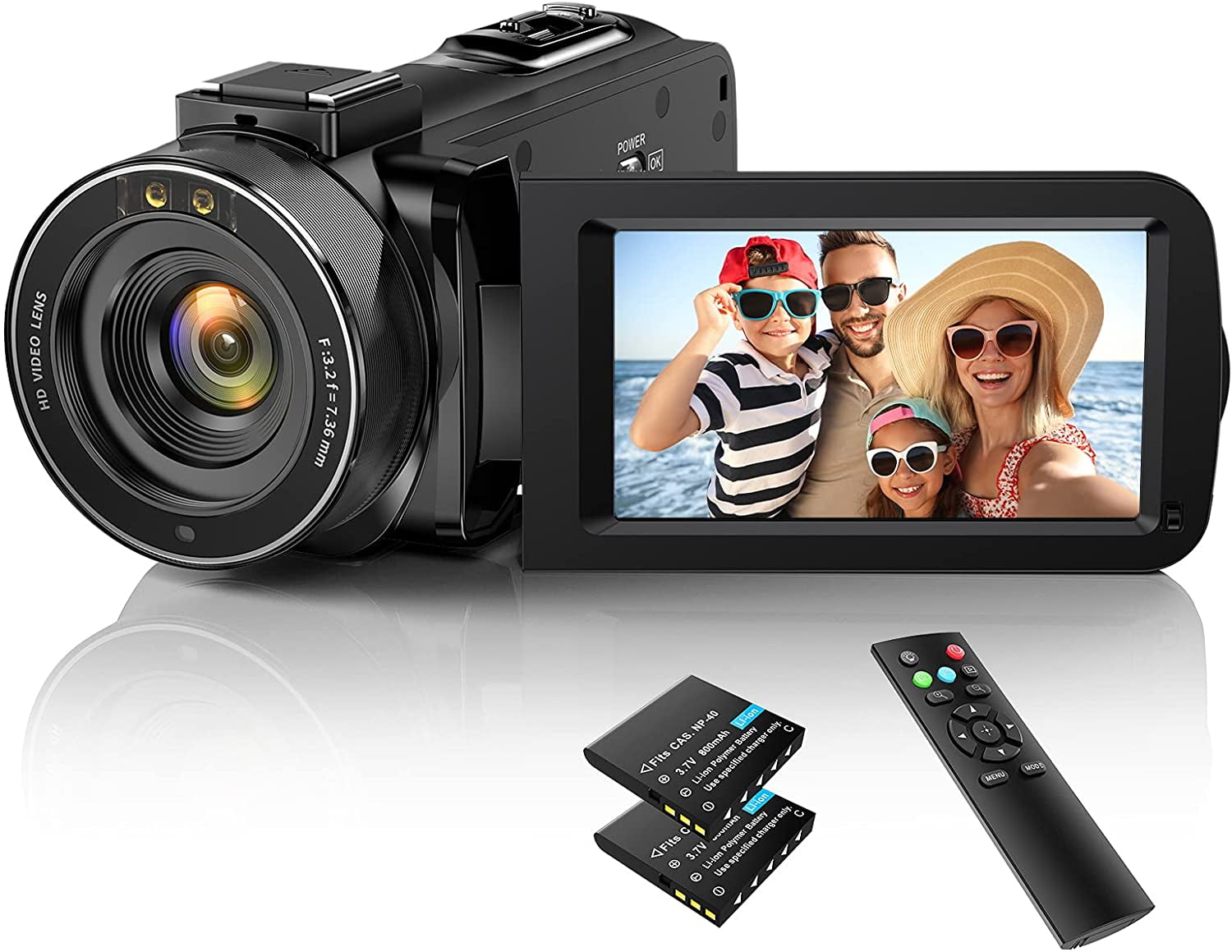
- 720P VS 1080P VIDEO RECORDING FOR YOUTUBE 480P
- 720P VS 1080P VIDEO RECORDING FOR YOUTUBE 720P
- 720P VS 1080P VIDEO RECORDING FOR YOUTUBE 1080P
- 720P VS 1080P VIDEO RECORDING FOR YOUTUBE TV
Screen resolution can be especially important in video gaming. Again, resolution is not all there is to picture quality, but for the average user, modern smartphones' video recording capabilities have the potential to be just as good for casual video-making as cheap camcorders.
720P VS 1080P VIDEO RECORDING FOR YOUTUBE 1080P
Modern smartphones, like the iPhone 5c/5s, the Samsung Galaxy S5, and the HTC One, tend to film at 1080p quality and at 30 frames per second, if not better.
720P VS 1080P VIDEO RECORDING FOR YOUTUBE 720P
On YouTube and Vimeo, high quality videos often allow for 720p or even 1080p streaming. DirecTV displays a "1080pHD" logo on 1080p pay-per-view content, and all their latest DirecTV Cinema content is in 1080p.
720P VS 1080P VIDEO RECORDING FOR YOUTUBE TV
Apple TV allows users to choose between 720p and 1080p streaming. Netflix typically streams at 720p, but with the release and expansion of what it calls "Super HD," users are able to stream more and more content at 1080p quality with a high-speed internet connection.
720P VS 1080P VIDEO RECORDING FOR YOUTUBE 480P
Moreover, there are still DVD players around that only carry support for up to 480p or 480i, meaning a viewer cannot get the full experience of any high-definition DVD they insert into the player. Regular DVD quality can vary considerably, with some displaying content at a resolution lower than 720p, such as 480p. HD DVDs contain 720p content and sometimes 1080p, while all Blu-ray discs contain 1080p content.

New TVs may attempt to automatically change settings to whatever is most appropriate, but they may fail to do so in some cases. Those who want the best picture quality need to change their TV's settings to accommodate changing video feeds. When watching digital TV, video quality can vary wildly. Some video content is filmed or trimmed to a smaller vertical resolution than 1080 pixels-or it's interlaced, rather than progressively scanned-but it is still considered HD. The FCC defines high-definition (HD) quality video as 720p, 1080p, and 1080i, and all modern TVs carry support for at least 720p resolution, with many supporting 1080p. The video below offers a summary of the differences between 1080p and 720p in terms of picture quality. Image smoothness is affected by many other factors, including how big a TV is, how close one sits to it, what DVD player is in use, what a TV's refresh rate is or what its aspect ratio is set to, and even what the frame rate of the video or game content is. Not everything comes down to resolution, however. Check the specs, so that you know what you are actually getting.Comparing the visual quality of different resolutions and standards.

In short, 1080P Lite means something different to every manufacturer. Most confusingly, this manufacturer is saying "1080P Lite" to mean that it record in 720P but at a reduced FPS - it does not appear that it can record in 1080L or 1080P. This manufacturer is using "1080P Lite" to mean that it record in 1080L but at a reduced FPS. This manufacturer is saying "1080P Lite" to mean that it record in 1080P but at a reduced FPS. One of the biggest problems with the term "1080P Lite" is that everyone is using it differently.

The term "1080P Lite" should be disallowed as it is ripe for creating consumer confusion "1080L" rather than "1080P Lite" should be used when the recording resolution is 1280 x 720 and not 1920 x 1080P, as consistent with TV resolutions. The alarm industry recently began cracking down on these sorts of misleading statements, and it is time that SIA does the same. The Industry Should Crackdown on Unclear and Misleading Uses of "1080p" Thirty frames per second is the industry standard for capturing moving vehicles or moving people because it reduces the likelihood of motion blur. Because it is imperative that the best video surveillance system takes great quality photos of moving targets, the term "realtime recording" is used for surveillance products that capture and record video at 30 FPS. It is typically shown at twenty-four frames per second. Here's the specs sheet from a product offering "1080p Lite" recording: What is 1080L?ġ080L (also called 1080P Lite or 1080 Lite or 1080N or 960P) isn't a standard TV resolution.ġ080P TV is 1920 by 1080 pixels. This means that 1080L recording at 12 FPS (some 1080L products can record at 15fps) will create 11,059,200 pixels of data per camera per second, while a 1080P 30 FPS IP camera will create 62,208,000 pixels per camera per second - so you are missing 83% of the information of a true 1080P camera and NVR recorder combo. 1080L is a little less than half the resolution of 1080P and usually is recorded at less than half as many frames per second (FPS). 1080P Lite doesn't have a consistent definition.


 0 kommentar(er)
0 kommentar(er)
